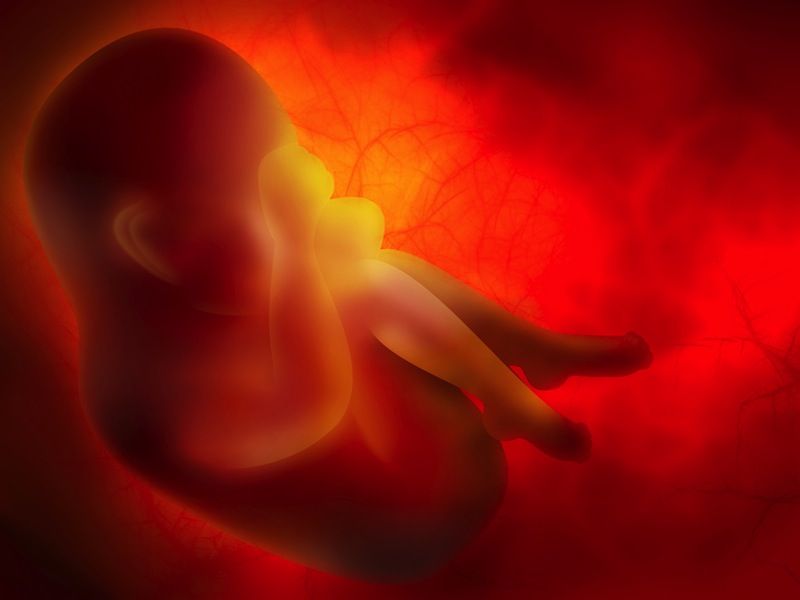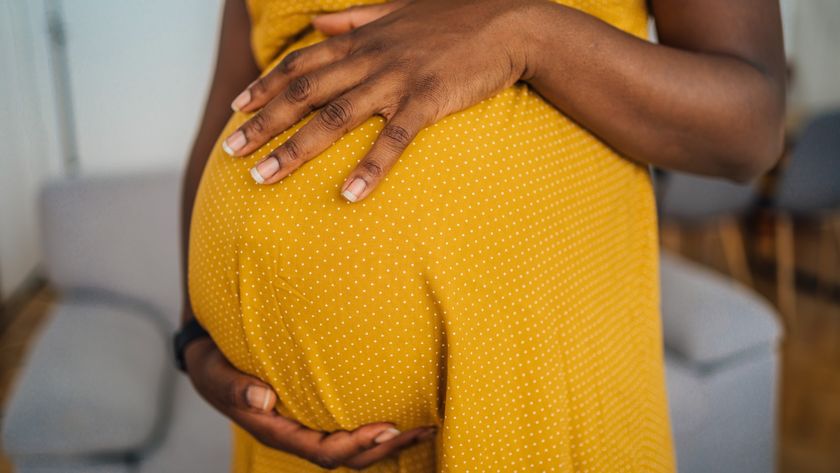Microbes Lurking in Placenta Also Found in Your Mouth

Microbes found in the placenta are unexpectedly closely related to bacteria in the mouth, and could influence whether pregnant women give birth prematurely, researchers say.
Scientists had long thought the placenta was sterile, free of bacteria and other microbes. However, last year, researchers discovered healthy placentas actually harbor microbial communities, or microbiomes.
"For every pound of placental tissue, there is approximately 1 gram of microbial DNA," said lead study author Dr. Kjersti Aagaard, an obstetrician-gynecologist and maternal-fetal medicine specialist at the Baylor College of Medicine and Texas Children's Hospital in Houston. (There are about 453 grams in 1 pound.)
A host of microbes lives on and in the human body, for example, in the gut, mouth and genitals; these bacteria are often friendly, helping the body live. Aagaard and her colleagues recently analyzed the vaginal microbiome during pregnancy and noted "that the most abundant microbes in the mom's vagina were not what populated the baby's intestinal microbiome. We reasoned that there must be another source seeding the infant's gut at birth, so we sought to examine the placenta."
The researchers analyzed the genomes of the bacteria in 320 placentas, in the first study to focus on all the genomes in the placental microbiome. Results showed that the placenta was home to a unique and diverse microbial community.
Aagaard and her colleagues found that the most abundant species in most individualswasE. coli, a bacterium that also lives in the intestines of most healthy people. Two kinds of microbes found in the mouth, Neisseria andPrevotella tannerae, were also relatively highly abundant in the placenta. [Images: The Bacteria in Your Belly Button]
The mostly harmless bacteria living in the placenta have important day-to-day functions, such as dealing with molecules like vitamins, biotin and folic acid, which are key for a developing fetus, according to the study.
Sign up for the Live Science daily newsletter now
Get the world’s most fascinating discoveries delivered straight to your inbox.
The placental microbiome did not bear many similarities to nearby microbial communities in the vagina or intestines. Oddly, the placental microbiome is most similar to the microbial community found in the mouth, according to the study.
The researchers said they suspect that oral microbes might slip into the bloodstream, though the normal receding of gums, and end up in placenta.
"The placenta may create an environment that certain microbes flourish in," Aagaard said.
Aagaard and her colleagues also saw evidence linking the types of bacteria in a woman's placenta to her risk of preterm birth — birth of a baby before 37 weeks of pregnancy. This fact, along with the similarity between the microbiomes of the placenta and the mouth, reinforces longstanding data linking mouth disease to risk of preterm birth.
"The hope is that we will get a clearer picture of how several of the microbial communities in women and their placentas change over the course of the entire pregnancy among those at risk for preterm birth," Aagaard told Live Science. "These discoveries could lead to rapid breakthroughs in not only identifying women at risk for preterm birth, but [also] developing new and worthwhile strategies to prevent preterm birth."
Future research can analyze the microbiomes of both infants and the placentas of their mothers. The scientists also plan to compare the placental and oral microbiomes of more than 500 women at risk for preterm birth.
"As we catch glimmers of the microbial biology of pregnancy, we can start to see a not-too-distant future where we will prevent preterm birth, or its complications in newborns, with truly novel approaches aimed at enhancing the healthy microbes of not just the vagina, but [also] the mouth and gut," Aagaard said. "As we unravel the mysteries of pregnancy, we are learning that our microbes may be as much friend as foe. That is fantastic news for our moms and their babies."
Aagaard and her colleagues detailed their findings online today (May 21) in the journal Science Translational Medicine.
Follow Live Science @livescience, Facebook & Google+. Original article on Live Science.


US abortion bans have driven a surge in infant deaths, study finds

Scientists reveal surprising factor that may prolong pregnancy
